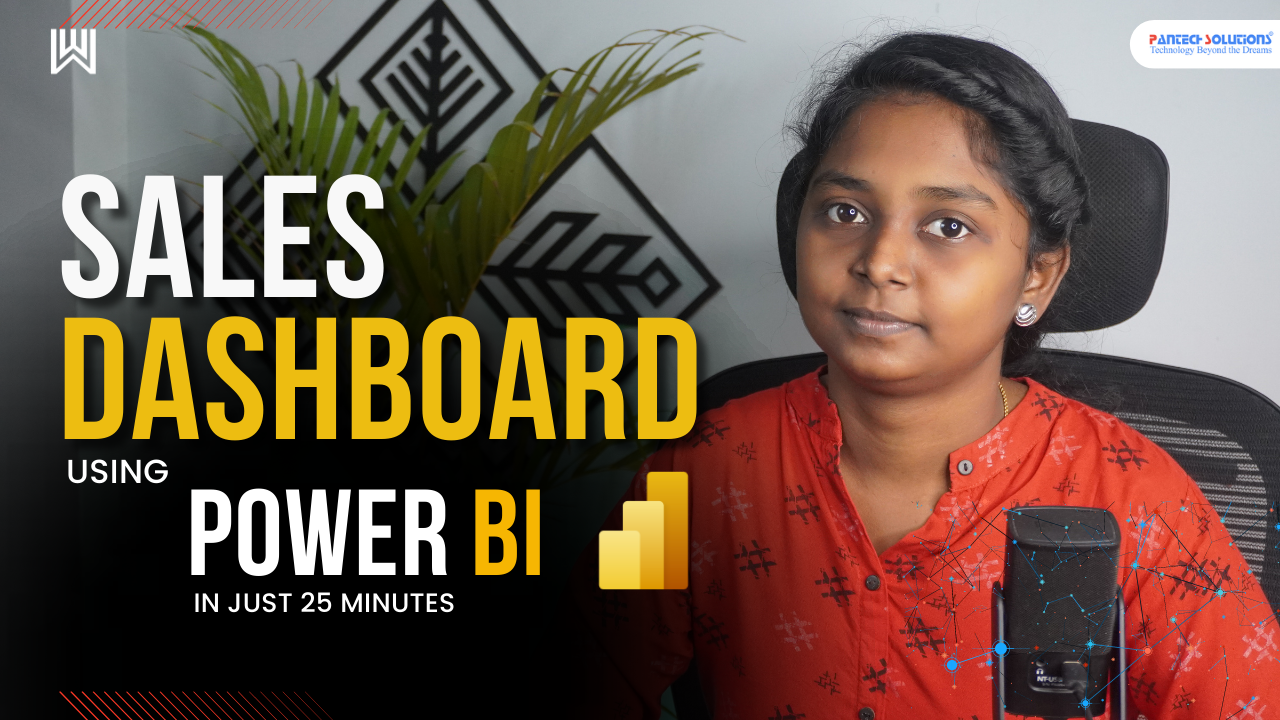
Step-by-Step : Master Sales Analysis in Minutes with PowerBI
- Post author:Pantech
- Post published:January 5, 2023
- Post category:Artificial Intelligence
- Post comments:0 Comments
If you’re looking to track and analyze your sales data in real-time, PowerBI is a powerful tool that can help you do just that. With PowerBI, you can easily create a sales dashboard that will help you visualize your sales data and make informed decisions. In this blog post, we’ll take you step by step through the process of building a sales dashboard with PowerBI.
Before we get started, it’s important to note that you will need to have PowerBI installed and an account set up in order to follow along with these steps. If you don’t already have PowerBI, you can download it for free from the Microsoft website.
Step 1: Connect PowerBI to Your Sales Data
The first step in creating a sales dashboard with PowerBI is to connect the tool to your sales data. There are several ways you can do this, including importing data from a file, connecting to a database, or using a web connector to pull data from a website or cloud service. Once you have your data connected, you’re ready to start building your dashboard.
Step 2: Create a New Dashboard
To create a new dashboard in PowerBI, click on the “Dashboards” tab and then click “Create.” This will open a new dashboard canvas where you can start adding visuals.
Step 3: Add Visuals to Your Dashboard
There are several types of visuals you can add to your dashboard, including charts, tables, and maps. To add a visual, click on the “Add Visual” button and select the type of visual you want to use. You can then customize your visual by using the formatting options in the right-hand panel and specifying which data should be displayed in the visual using the “Fields” panel.
Step 4: Apply Filters to Your Dashboard
If you want to filter your data to only show specific time periods or categories, you can use the “Filters” panel to apply these filters to your dashboard. This can be helpful if you want to focus on a particular aspect of your sales data or if you want to compare different time periods or categories.
Step 5: Save Your Dashboard
Once you have added all of the visuals you want and customized them to your liking, you can save your dashboard by clicking the “Save” button. This will allow you to access your dashboard anytime you need it and make updates as needed.
And that’s it! With these simple steps, you can create a sales dashboard with PowerBI in just a few minutes. Whether you’re a small business owner, a sales manager, or an individual contributor, a PowerBI sales dashboard can help you track your performance and make better-informed decisions. So why wait? Start building your sales dashboard with PowerBI today!



